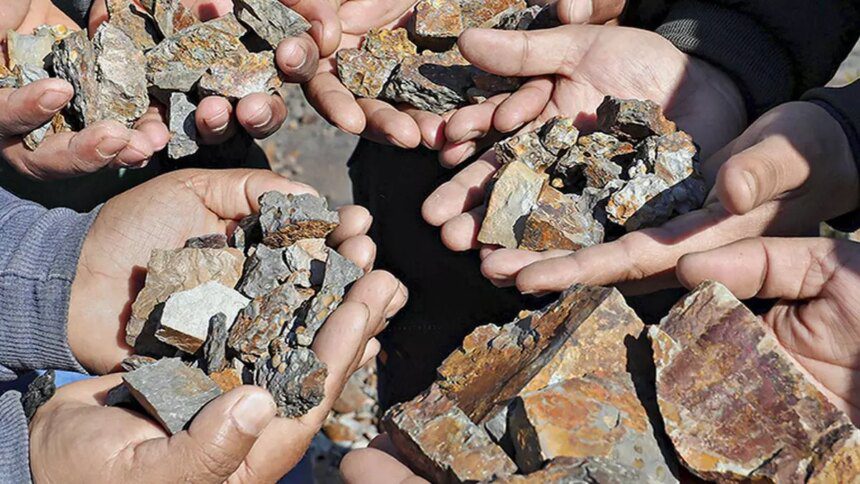The Mines Ministry has initiated exploration efforts in two additional lithium blocks located in the Reasi district of Jammu & Kashmir. An official with knowledge of the ongoing discussions indicated that findings regarding potential mineral deposits are expected to emerge after September this year.
The initiative involves not only the exploration of these new blocks but also extensive geographical mapping of an existing block within the district. One of the newly targeted blocks, where the Geological Survey of India (GSI) is conducting activities, is positioned adjacent to the current block, while the other is situated a bit further away but still within Reasi.
The official stated, “By September to October, or at the latest by the end of this year, we should have preliminary insights into the reserves in these new blocks. The GSI’s activities are well underway.”
Lithium, often referred to as “white gold,” is essential for India’s shift towards greener energy solutions, playing a critical role in sectors such as energy storage, electric vehicles, lithium-ion batteries, and mobile devices. Currently, India is entirely reliant on imports for its lithium requirements, with China being a primary supplier.
India’s largest lithium discovery to date has occurred in the Salal-Haimna block of the Reasi district, revealing approximately 5.9 million tonnes of the metal. Further investigations are currently being conducted in this area, particularly focusing on beneficiation processes. The goal is to achieve at least a G2 level of exploration before re-auctioning the Salal-Haimna block, which contains lithium, titanium, and bauxite (Aluminous Laterite).
The previous auction for the block, which commenced on November 29, 2023, at a G3 exploration level, failed to attract the minimum requirement of three bidders necessary to progress to the financial bidding stage. Even a subsequent attempt, which would have allowed a single bidder to secure the block, did not yield success.
According to an official, “In the next two to three months, the beneficiation studies being conducted there will be completed. The initial results are promising, allowing us to proceed with additional processes based on more data points that the industry seeks.”
Industry experts note that much of the lithium found in the region exists in rock, clay, or laterite forms, which complicates extraction processes. “Such extraction techniques have not yet been implemented in India, leading to hesitance in the industry. However, our preliminary findings indicate that high-quality lithium can indeed be extracted,” the official added.
Trial-based extraction and beneficiation activities are already underway in laboratories, according to an informed source.










